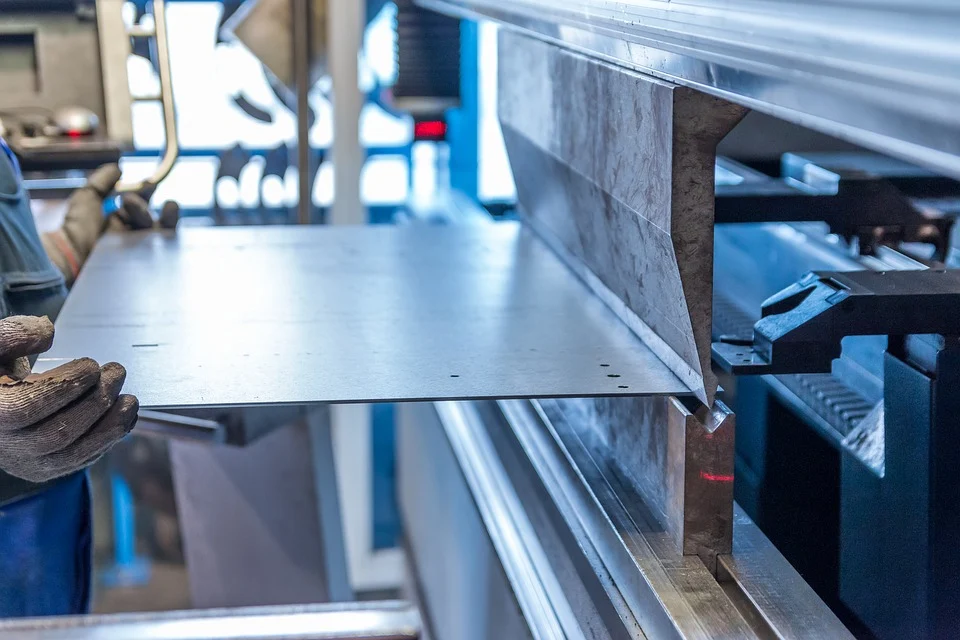Iron is the primary constituent of steel. Rusting occurs when iron in steel reacts with oxygen and returns to its original condition as iron ore, which is where it originated. As a result of this, the steel begins to become brown and break into dust. According to DawangCasting, there are a variety of methods for protecting steel from corrosion. Steel is occasionally painted or oiled, or it is coated with a metal that is less prone to rust, to make it more resistant to corrosion.
Occasionally, a metal that is more prone to rusting is used as an attachment. It works by pulling the corrosion process away from the steel, which is known as a sacrificial metal in this case. Some ships, for example, have zinc bars affixed to the hulls of their hulls. Despite the fact that the zinc rusts severely, the steel hull remains pretty secure.
Stainless steel is the most effective material for preventing rust. Stainless steel, like other steel, is primarily composed of iron, but it also contains nickel and chromium. Not only do they serve as a protective layer, but they are also melted into the steel itself. At least ten percent chromium must be included in the combination, because it is chromium that protects stainless steel from corrosion.
What occurs is that the chromium rusts first, just like a sacrificial metal would do. In contrast to rusting iron, chromium does not collapse when exposed to air. Instead, it produces an imperceptibly thin coating on top of the iron, which serves to protect it. The nickel content in stainless steel contributes to the retention of this protective layer of chromium rust.
The existence of the stable coating inhibits subsequent corrosion by acting as a barrier to the underlying metal surface, limiting the amount of oxygen and water that can reach it. Because the film develops so rapidly and tightly, even a few atomic layers are sufficient to limit the rate of corrosion to extremely low levels, according to the manufacturer. Without contemporary technology, seeing through the film is difficult since it is considerably thinner than the wavelength of light that is being transmitted through it. As a result, even if the steel is corroded at the atomic level, it seems to be corrosion-resistant.
Iron oxide/hydroxide film is formed on the surface of common cheap steel when it combines with oxygen from water, and this film continues to increase with the passage of time and exposure to water and the environment. As a result, this film, also known as rust, thickens to the point where it is plainly discernible shortly after being exposed to water and air.
Preventing Stainless Steel Rusting
Rusted stainless steel is unattractive. The metal is engineered to withstand corrosion, which is why most users worry stains and rusting. Fortunately, there are several strategies to increase rust and corrosion resistance.
Design
Preparation throughout the planning phase might pay dividends when employing stainless steel. To avoid surface damage, use metal in regions with little water penetration. If water contact is unavoidable, drainage holes should be used. The design should also allow for air circulation to avoid alloy deterioration.
Fabrication
During fabrication, extreme care should be taken to avoid contamination with other metals. Tools, storage units, turning rollers, and chains should all be checked for contaminants. This can enhance rust development.
Maintenance
Once the alloy is placed, ongoing maintenance is critical to preventing rust and slowing the spread of any existing rust. Clean the alloy with warm water and soap to remove any developed rust. This is the main difference by which you should also protect the metal from corrosion.

